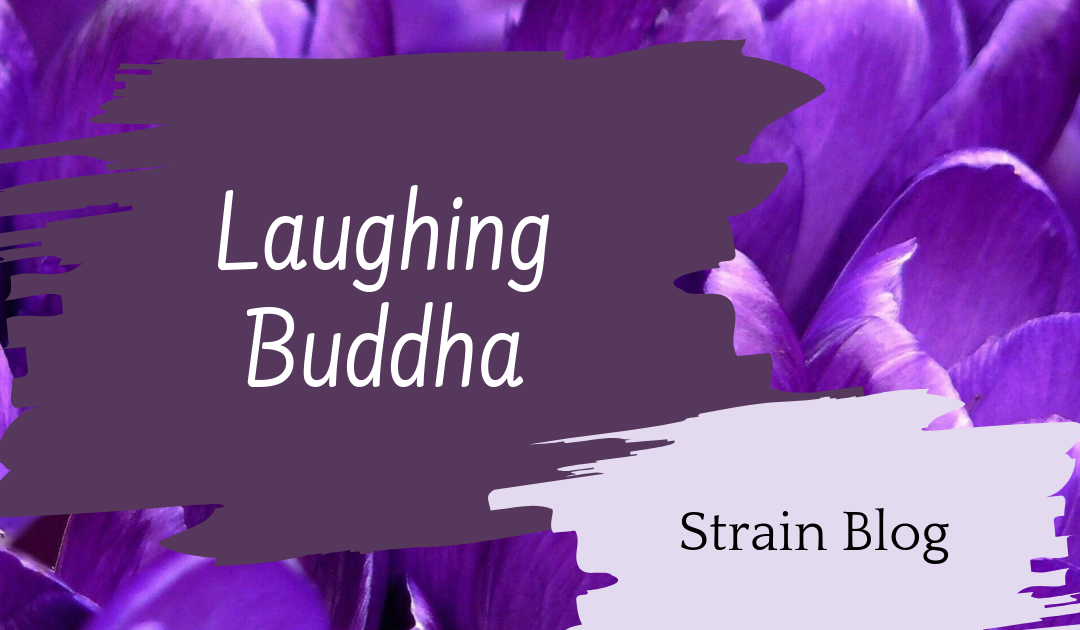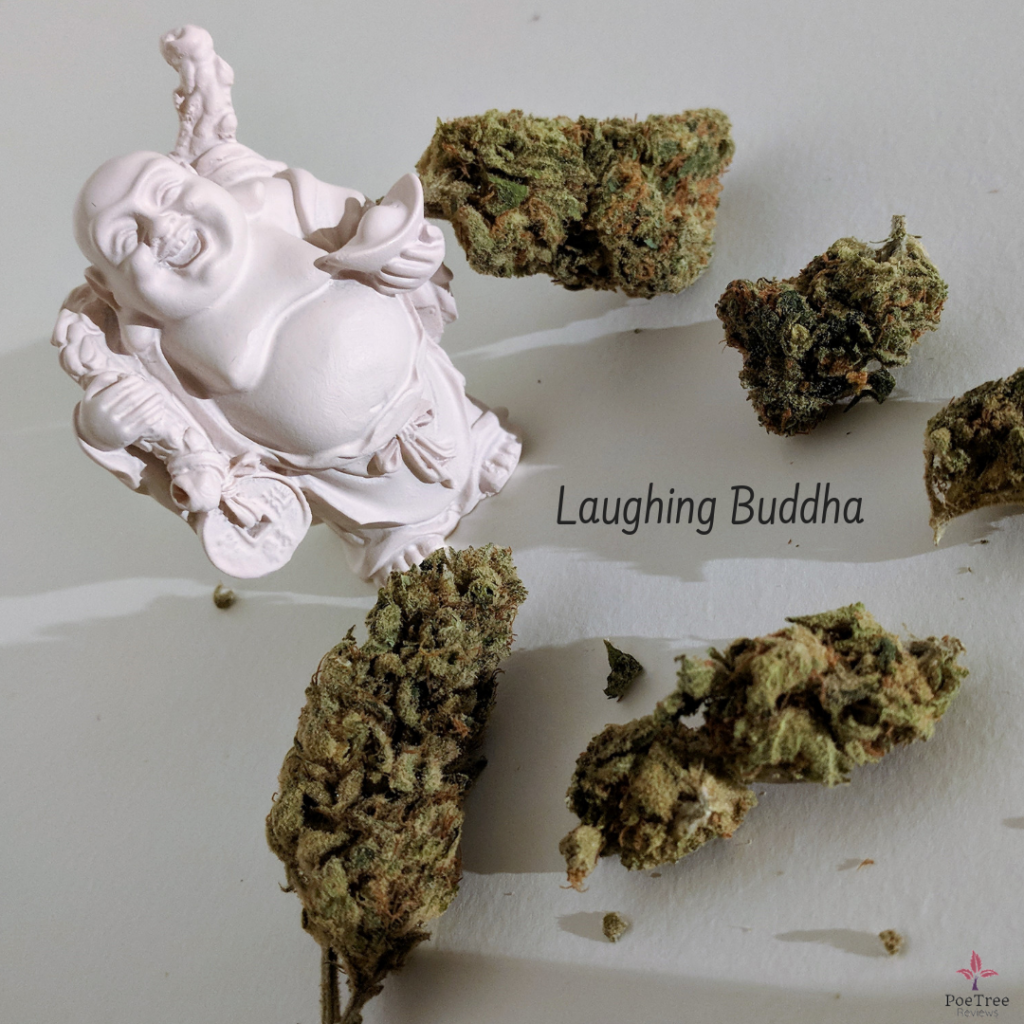Meditation is something that is central to basically every religious tradition, from Judaism, to Hinduism. Although, the practice of meditation has pervaded past just the spiritual, and is now seen in many secular, and even medical contexts. Meditation has so many forms, and everyone from business-people, to psychiatrists, to shamans, are recommending it for a happier and healthier life. So, what exactly is meditation and what does it mean to meditate? In my definition, meditation is anything that can bring your awareness and attention into a heightened focus, or any practice that allows you to enter into and appreciate the present moment. Meditation involves relaxation, calmness, stillness, and removing yourself from ego in order to truly look “within.”
The practice of meditation can be hard to describe within just a few words. Meditation is also not a simple task, which is probably why basically every religion has its own explanations or guidelines on how to achieve meaningful meditative states, usually through actions such as: chanting, prayer, or rituals devoted to higher beings. Interestingly though, there is one specific religion that is based on nothing other than meditation. Or, in other words, there is an entire religious philosophy that encourages its followers to seek “truth” solely within themselves, through the process of daily meditation. This tradition regards itself more as a way of life, than as a religion or philosophy, and it is referred to either as Zen, or Zen Buddhism.

Traditional Buddhism was originally born in Nepal and is lead by the teachings of Siddhārtha Gautama, also known as the Gautama Buddha. Many of the teachings of the Gautama Buddha can be found within other Indian religions, such as Hinduism, although the main beliefs rest on the Buddha’s principles of: the 3 Jewels, 4 Noble Truths, 8-Fold Path, and 5 Precepts. However, as the philosophy of Buddhism traveled, it naturally evolved to take on diverse interpretations. The Bodhidharma is the monk who is said to have first brought Ch’an (Zen) Buddhism to China. Zen Buddhism then migrated further across the East, and as it did, it became infused with new practical and materialistic values. Accordingly, one of the most prominent idols in Zen Buddhism is not the Gautama Buddha, but rather, a bald and mirthful laughing monk.
The Ch’an monk “Budai,” revered by all for his benevolence and generosity, was eventually recognized by the Chinese as the “Buddha of the Future.” In Japanese, Budai is called Hotei, and both words translate to “cloth sack.” Hotei is one of the 7 Lucky Gods, and he is incorporated into the Japanese Taoist and Shinto religions, as well as Zen Buddhism. In every tradition that Budai is represented in, he is depicted as carrying a hemp cloth sack, having a jolly nature, a humorous personality, and an eccentric lifestyle, all of which has earned him the affectionate nickname of the “Laughing Buddha.” The Laughing Buddha is not a religious “leader,” but merely a wandering monk, whose sack is filled with food for the poor and the sadness of the world. Statues of a Laughing Buddha can represent prosperity in a business or happiness in a home; and you must rub his fat belly daily for good luck.

I’ve been especially attracted to Zen Buddhism and the Laughing Buddha, because both the philosophy and the figure are so contrary to the way we normally conceptualize religions or religious people. Zen means meditation, it is a religion that is not based on any scripture, doctrine, or rituals, and does not place faith in any outside leader; it is simply about finding truth and buddhahood within yourself. Additionally, the Laughing Buddha goes against all of the stoic seriousness that is often found within religious teachers and leaders.
It can seem counter-intuitive to Western religious traditionalists to have such a laid-back and jovial character to be a representative of a religion. However, laughter has a healing power, as well as a spiritually cleansing presence. Laughter itself is so transformative that, in the right contexts, it can be used as a form of meditation. In fact, laughter meditation is probably the easiest way for a beginner to reach a meditative state. A 10 minute laughter meditation begins with 1-2 minutes of stretching. Then, for 3-5 minutes, start by turning your mouth upwards, then laughing without effort, until you reach deep authentic belly laughs. Finally, for 3-5 minutes, sit or lie in stillness and become mindful of the feelings, thoughts, and emotions that arise. (full procedure here). According to the Chopra Center, laughter meditation has healing benefits because it creates: presence, lightness, connection, stress reduction, and emotional release. Laughter takes me to a place where I feel detached from troubles or fixations; humor can instantly make your problems seem so small. Laughter resets you, snaps you back into the present, and momentarily voids you of your ego concerns. Being able to find the humor in life, for me, is at the essence of being a Buddhist, no matter what the particular branch.

Ricky Gervais once said, “comedy is a place where the mind goes to tickle itself… (that’s what she said).” Additionally, Tina Fey is famously known to have stated, “you can tell how smart people are by what they laugh at.” I find both of those quotes to be super accurate, and I’ve always thought that humor was this amazing meeting place, nested between intelligence and pleasure. In addition to my fondness for humor and spirituality, I also have a strong penchant for landrace sativas. Therefore, when I first met the strain called Laughing Buddha, there was no stopping it from landing in my collection.
The buds on Laughing Buddha are hefty and large, however, they are definitely more long than they are fat. Her pale green buds are made to look even paler, by the work of the generous coating of trichomes that cover this flower. The unbroken buds give off a very subtle spicy herbal fragrance, and upon first glance this flower seems like it will be an all-sativa experience. However, after I bust up my nug, my nose is dominated by the smell of sweet mango, which gives a hint that this strain may also come with some very relaxing properties. A look into the Laughing Buddha terpene profile shows that it is indeed heavily dominated by myrcene, then caryophyllene, with smaller amounts of limonene, linalool, humulene, ocimene, and pinene. The eventual flavour of this smoke is also quite surprising, as it is lead by a nutty and woody taste.
The effects from Laughing Buddha start out as an instant mood uplift, with happy and euphoric sensations. These feelings will bring an involuntary smile to my face, or make me very giddy and talkative in the company of others. This strain can cause an increase in cerebral activity, however the effects are not racy, as I first expected. A few minutes after imbibing, one will also tend to notice an overall physical and mental relaxation. Higher doses of this relatively potent strain will tend to produce psychedelic effects, visual distortions, or intense auditory experiences. Although, after some time, all else will give way, to eventually take me into deep serenity and internal focus. In general, Laughing Buddha produces more of a mental uplift, than a physical sense of energy, and so, is ideal for calm settings or engaging social situations.
I often partake in cannabis use before engaging in meditation, for the very obvious benefits. The initial effects of Laughing Buddha make her seem like a perfect choice to use for a bout of laughing meditation. The high from this strain releases tensions and anxieties, allowing the giggles to flow with very little effort. Although, the subsequent effects of Laughing Buddha also makes her perfect for another form of meditation, one that is central to Zen Buddhism. In Japanese Zen, the practice of Zazen, is absolutely essential to the religion. Zazen is “sitting Zen” and what it basically entails is, sitting still in meditation and breathing mindfully into your belly, until you are alert and present. Zazen sounds simple in theory, but for many, can be difficult to practice. A strain like Laughing Buddha, however, is able to put me into a natural state of bliss and mindfulness, to the point where all of my actions can become Zazen.
Meditation was once something taught predominantly through the authority of religions and doctrine. Zen Buddhism challenged these notions, to a fair extent, and re-conceptualized meditation into a more personal and spiritual experience. Western culture has taken things further, by mostly removing any mystical elements from meditation, and recommending techniques such as deep breathing and mindfulness within a completely secular context. This “mindfulness meditation” has even been incorporated into psychotherapy and medical treatments. The history and the techniques of meditation are something that I have always found fascinating; mantras, rituals, or idols exist in probably all cultures. However, in my experience, sometimes all it takes to meditate is just that perfect strain of cannabis.
Sources:


